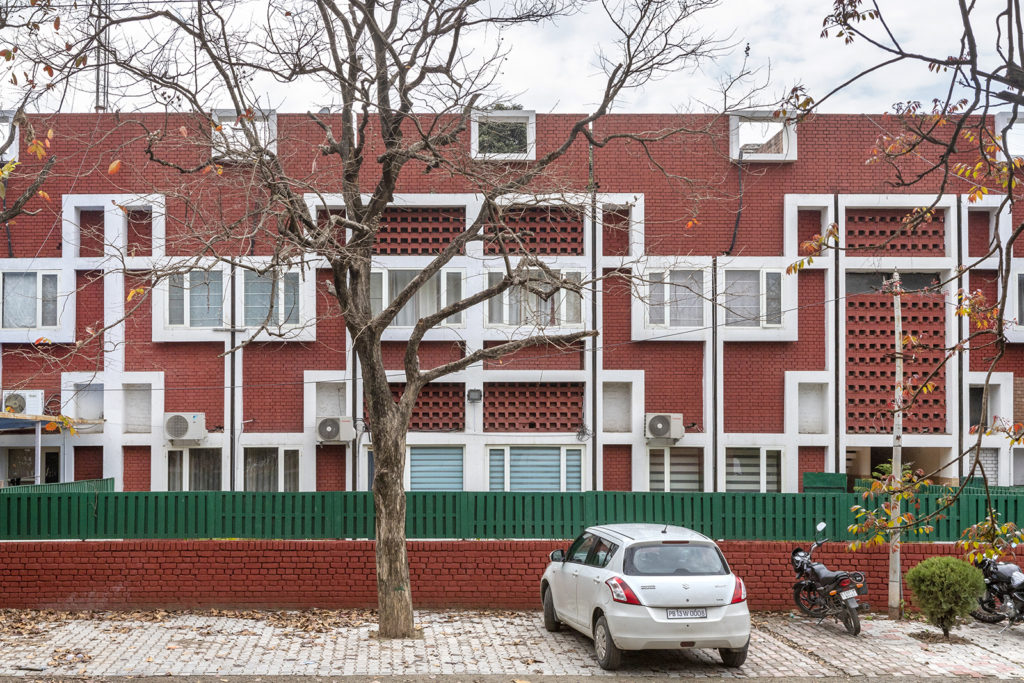
High Court – Le Corbusier (1951-1957). Photography: Roberto Conte

High Court – Le Corbusier (1951-1957). Photography: Roberto Conte

Gandhi Bhawan – Pierre Jeanneret (1962). Photography: Roberto Conte

Open Hand – Le Corbusier (1950-1965). Photography: Roberto Conte

Sukhna Boating Tower – Pierre Jeanneret (1960). Photography: Roberto Conte

Chandigarh College of Architecture (CCA) – Le Corbusier and Aditya Prakash (1961). Photography: Roberto Conte

Museum Auditorium – Le Corbusier (1968). Photography: Roberto Conte

Neelam Theatre and Cinema – Aditya Prakash (1961). Photography: Roberto Conte

Flats for the Members of Legislative Assembly – Pierre Jeanneret (1956-1966). Photography: Roberto Conte

House Type 4-J – Pierre Jeanneret (1956). Photography: Roberto Conte

Bandstand – Le Corbusier and Pierre Jeanneret (1960). Photography: Roberto Conte
Photographer Roberto Conte uncovers the hidden gems of Chandigarh’s concrete infrastructure in his new series exploring the Le Corbusier-designed Indian city.
The images capture the modernist structures’ robust facades at quiet times of the day while showing how they have weathered over the last 70 years.
‘Previously, I was only aware of the famous Capitol Complex,’ said Conte, who shot the series last year on his travels through India. ‘But I was surprised to see there are many other interesting structures that are not [quite as] well known.’

Chandigarh was designed in 1950 as Punjab’s new state capital following partition. Le Corbusier was tapped to design the metropolis, employing a grid street pattern, European-style boulevards and raw concrete buildings – a distillation of ideas formed across his lifetime.
Today the city faces the dual challenge of preserving its modernist heritage while adapting to the needs of an ever-growing population with changing needs.

‘It is definitely a modern city, but at the same time, it has had difficulties in keeping up with the times,’ says Conte. ‘From an urbanist point of view, the impression is that the districts are more like islands separated one from another by traffic-jammed roads.’
While Le Corbusier was the project’s ‘starchitect’, Conte notes that most of the buildings were the result of a collaboration between the Western team hired to realise Chandigarh and a group of Indian architects and urbanists. This group includes Pritzker Prize-winning architect Balkrishna Doshi, who imbued the modernist structures with the traditions of his home country.




























